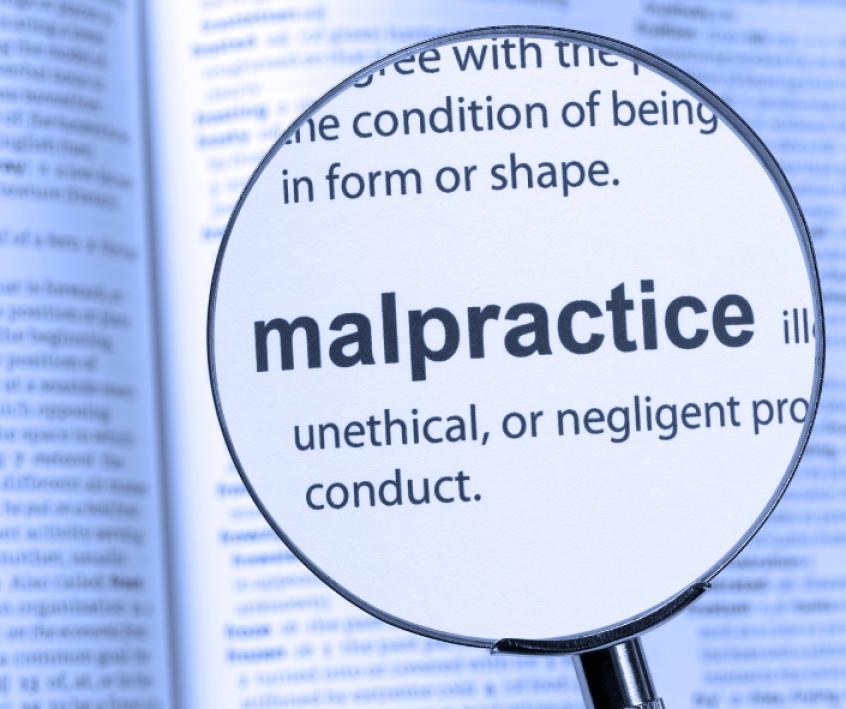
Medical malpractice claims are among the most challenging personal injury cases due to their reliance on expert testimony and complicated medical evidence. Proving negligence requires more than showing a poor outcome—it requires establishing a direct link between the provider’s conduct and the patient’s harm.
To succeed, plaintiffs must prove four elements: duty, breach, causation, and damages. Duty exists when a medical professional establishes a provider-patient relationship. Breach occurs when the provider fails to meet the accepted medical standard of care. Causation requires showing that this breach directly caused injury. Finally, damages must reflect measurable harm, such as medical expenses, lost income, or disability.
Expert testimony is central to malpractice cases. Experts evaluate whether the provider’s actions deviated from accepted medical standards and whether those actions caused the patient’s injury. Without credible expert testimony, malpractice cases are unlikely to succeed in court.
Common claims include surgical errors, misdiagnosis, delayed diagnosis, medication errors, and birth injuries. Each type of case requires specialized medical knowledge and detailed records to establish liability.
Healthcare providers often argue that the patient’s condition was unavoidable or that the outcome occurred despite appropriate care. They may also challenge causation, claiming that underlying conditions—not the alleged negligence—caused the harm.
Each state imposes strict time limits for filing malpractice claims, often ranging from one to three years from the date of injury or discovery. Missing these deadlines typically bars patients from pursuing compensation.